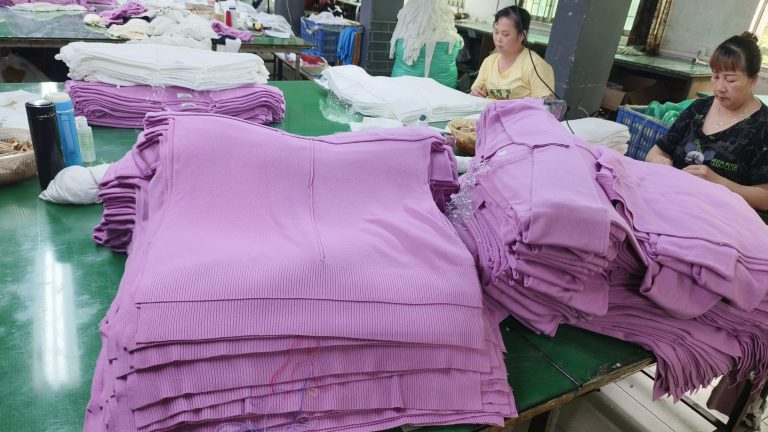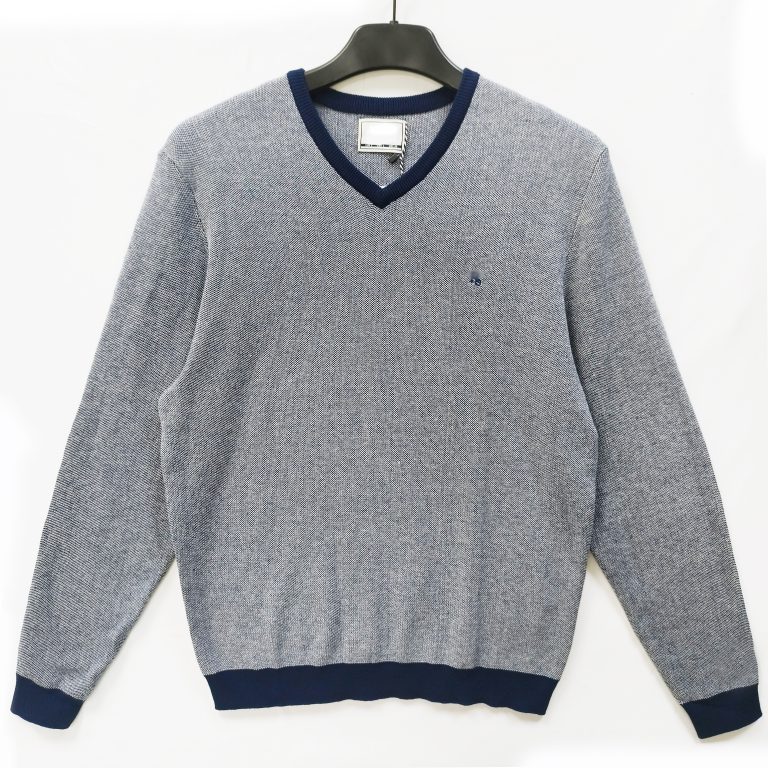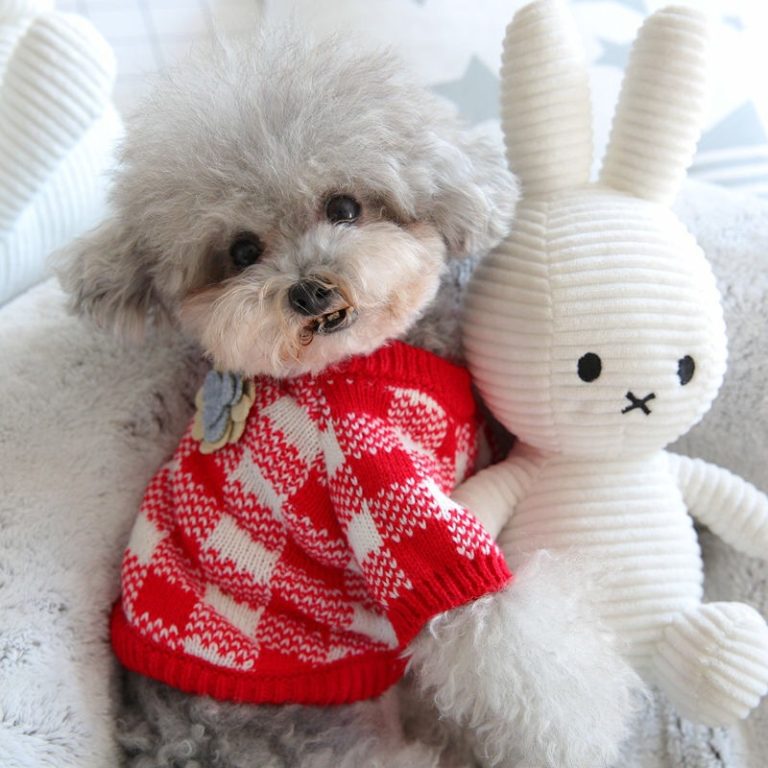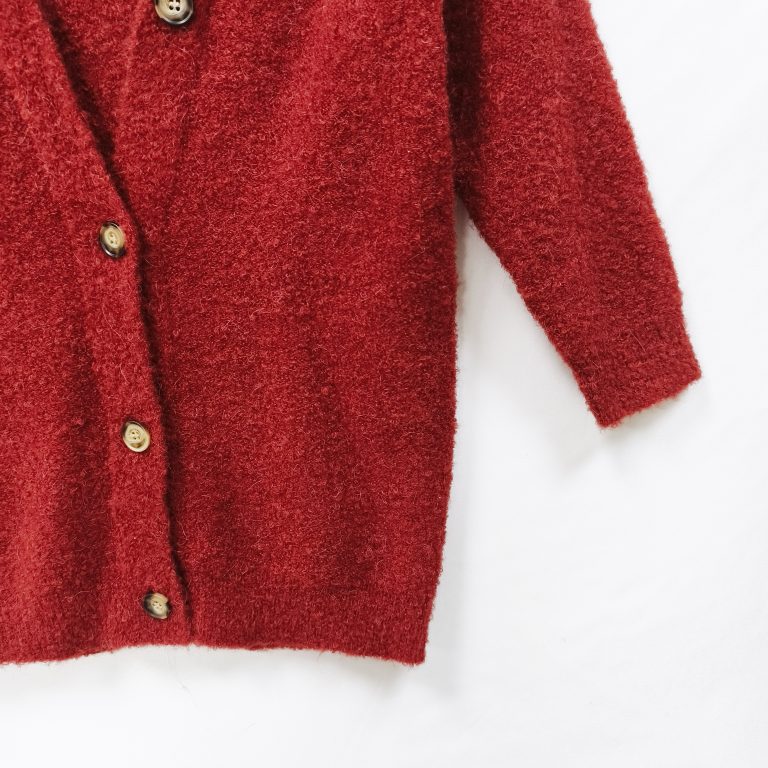Mastering knit increases: A Step-by-Step Guide
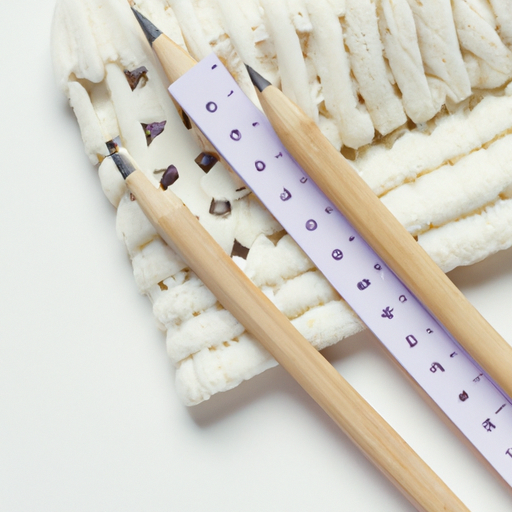
knitting is a versatile and enjoyable craft that allows you to create beautiful and functional items. Whether you’re a beginner or an experienced knitter, it’s important to have a solid understanding of the various techniques involved. One such technique is the knit increase, which is used to add stitches to your work and create shaping. To master knit increases, it’s essential to start with the basics. The most common type of knit increase is the knit front and back (kfb) increase. To execute this increase, simply knit into the front of the stitch as you normally would, but instead of sliding the stitch off the left needle, leave it there. Then, without twisting the stitch, knit into the back of the same stitch. Finally, slide the stitch off the left needle. This will create two stitches where there was previously one.
 When working on a project that requires shaping, it’s important to know where and how often to make increases. Increases are typically made at the beginning or end of a row, or within a row if specified in the pattern. They can also be evenly spaced throughout a row to create a gradual increase in width.
To ensure that your increases are evenly distributed, it’s helpful to use stitch markers. Place a marker before and after the stitch where the increase is to be made. This will help you keep track of where to make the increases and ensure that they are evenly spaced.
When working on a project that requires shaping, it’s important to know where and how often to make increases. Increases are typically made at the beginning or end of a row, or within a row if specified in the pattern. They can also be evenly spaced throughout a row to create a gradual increase in width.
To ensure that your increases are evenly distributed, it’s helpful to use stitch markers. Place a marker before and after the stitch where the increase is to be made. This will help you keep track of where to make the increases and ensure that they are evenly spaced.
| Spring clothing | Summer clothing | Autumn clothes | Winter clothing | Autumn sweater | Winter sweater |
| Long-sleeved all-purpose sweater | Short-sleeved thin knit | Long-sleeved thin knitwear | Long sleeve thick knitwear | Long-sleeved thick knit | Long sleeved long thick knit |


